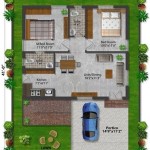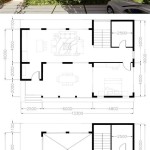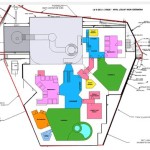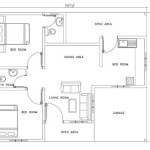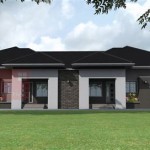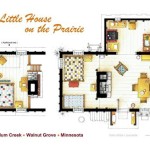Essential Aspects of House Bunk Bed Plans
Building a house bunk bed is a great way to save space and create a fun and functional sleeping area for your children. However, before you start building, it's important to have a solid plan in place. Here are some essential aspects to consider when creating house bunk bed plans:
1. Safety First
Safety should be your top priority when designing and building a house bunk bed. Make sure the bed is sturdy and stable, and that there are no sharp edges or protruding nails. The ladder should be securely attached to the bed, and the guardrails should be high enough to prevent falls. Additionally, consider using non-toxic paints and finishes to ensure the safety of your children.
2. Space Planning
When planning the layout of your house bunk bed, consider the available space and the needs of your children. The bed should be large enough for both children to sleep comfortably, but not so large that it takes up too much space in the room. Make sure there is enough headroom for the top bunk, and that the ladder is not too steep or difficult to climb. It's also a good idea to incorporate storage space into the design, such as drawers or shelves.
3. Materials
The materials you choose for your house bunk bed will affect its durability, stability, and appearance. Pine is a popular choice for bunk beds because it is strong and affordable. However, you can also use hardwoods such as oak or maple if you want a more durable bed. For the mattress supports, you can use plywood or slatted boards. Make sure the materials you choose are strong enough to support the weight of your children and their bedding.
4. Style
The style of your house bunk bed will depend on your personal preferences and the décor of your child's room. You can choose from a variety of designs, including traditional, modern, and rustic. If you have a specific theme in mind for your child's room, you can incorporate that into the design of the bunk bed. For example, you could build a princess-themed bunk bed for a girl or a pirate-themed bunk bed for a boy.
5. Assembly
Make sure you have all the necessary tools and materials before you start assembling the bunk bed. Follow the instructions carefully and make sure all the parts are securely attached. If you are not comfortable assembling the bunk bed yourself, you can hire a professional to do it for you. Once the bunk bed is assembled, inspect it carefully to make sure it is safe and stable before letting your children use it.
6. Finishing Touches
Once the bunk bed is assembled, you can add finishing touches to make it more comfortable and stylish. You can add curtains or a canopy to the top bunk to create a cozy sleeping space. You can also add decorative pillows and throws to make the bed more inviting. If you want to protect the bed from wear and tear, you can apply a clear finish or paint.
7. Maintenance
To keep your house bunk bed in good condition, it is important to perform regular maintenance. Inspect the bed regularly for any loose bolts or screws, and tighten them if necessary. You should also clean the bed regularly with a mild detergent and water. If the bed starts to show signs of wear and tear, you can repair it or refinish it to restore its original appearance.
By following these essential aspects, you can create a house bunk bed that is safe, functional, and stylish. Your children will love having their own special sleeping space, and you will appreciate the extra space in their room.

House Bunk Bed Plans Her Tool Belt

House Bunk Bed Plans Her Tool Belt

How To Build Diy Built In Bunk Beds Kids Bed Ideas Plans

17 Creative Diy Bunk Bed Ideas

Bunk Beds Woodworking How To Custom Build Diy Bed House Or Loft

Bunk Bed Ana White

How To Make A Diy Bunk Bed House Hometalk
:max_bytes(150000):strip_icc()/B841E4B47C43367C7F005C3957922DC28050AC474012B226-5a38044db39d03003712a13d.jpg?strip=all)
14 Free Diy Loft Bed Plans For Kids And S

Little Cottage Loft Bed Ana White

Sweet Pea Bunk Bed Plans Diy Kid Beds

